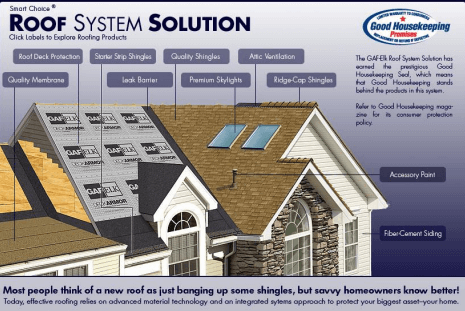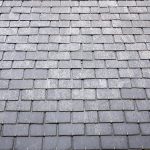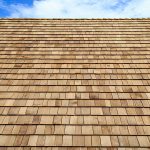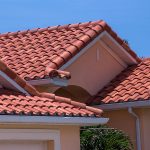RESIDENTIAL ROOFING
TENNESSEE'S TOP ROOFING COMPANY
“Most people think of a new roof as just banging up some shingles. But savvy homeowners know better! Today, effective roofing relies on advanced material technology and an integrated systems approach to protect your biggest asset— your home.”
Typical roof systems such as asphalt shingles keep approximately 75% of the water out of your home. A proper roofing system must be designed after careful inspection and examination of your project’s unique conditions and details. A condition is a structural element such as valleys, flashing and/or ventilation, etc… that must be individually and collectively addressed to keep your project watertight.
Each condition may contain a single or collection of details. For example, many building structures have the flashing condition that must be carefully and skillfully addressed during construction. Most often the flashing condition will have a collection of details such as chimneys, sidewalls, and/or headwalls, etc… which call for correct design, fabrication, material specifications, and installation to assist your roofing material in keeping your home watertight and energy-efficient. This is accomplished through the formulation of a scope of work and material specifications that are custom-tailored to meet your needs and individual preferences such as price, budgets, and/or aesthetics.
We come to your home and inspect the entire exterior of your home as well as your attic when it is made available to us in order to nail down what must be done (your scope of work) and what materials must be used (your material specifications) to successfully keep your building structure watertight. This process is where the apples are defined in the common apples-to-apples price/contractor selection comparison we trust and are often let down by.









